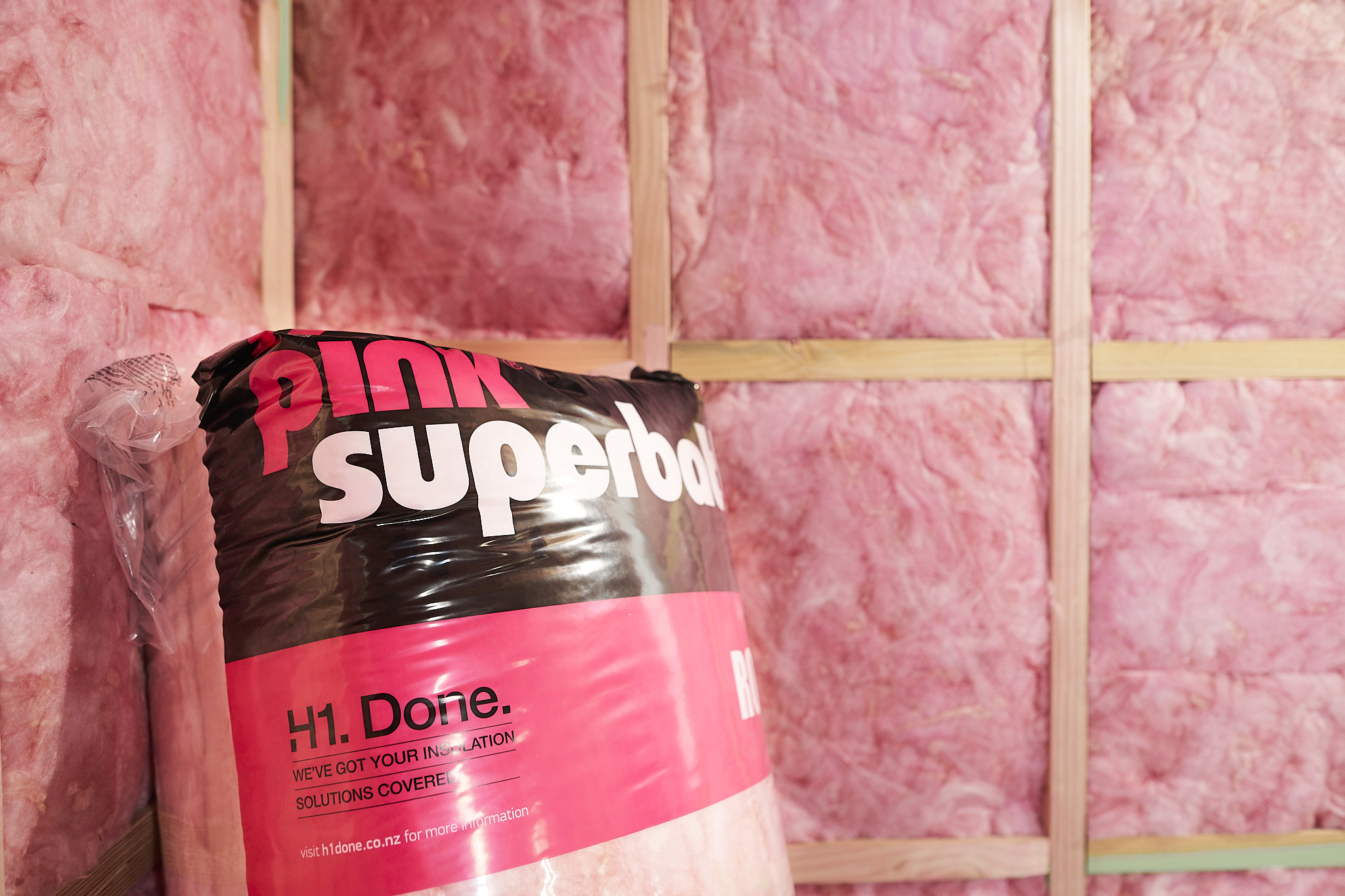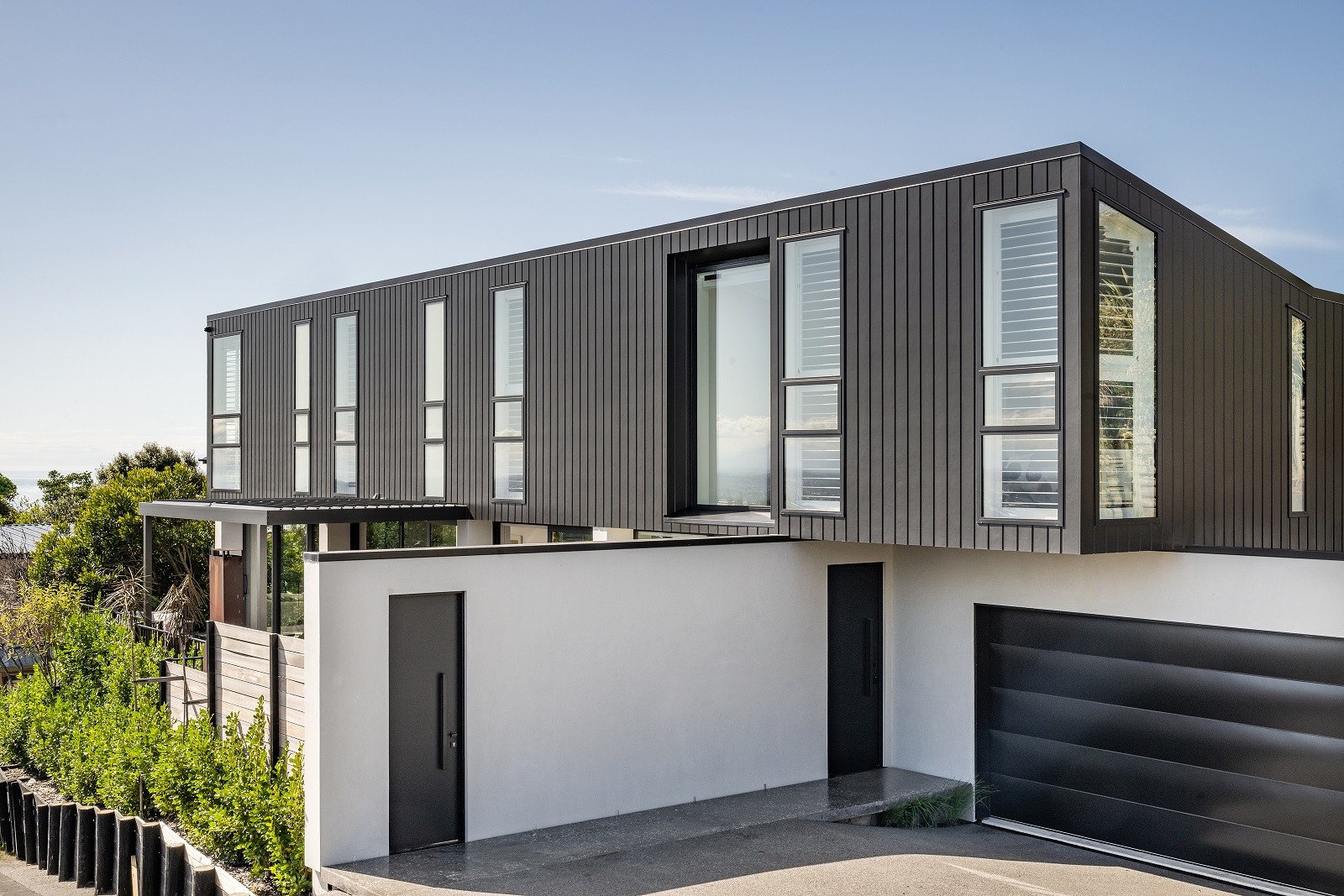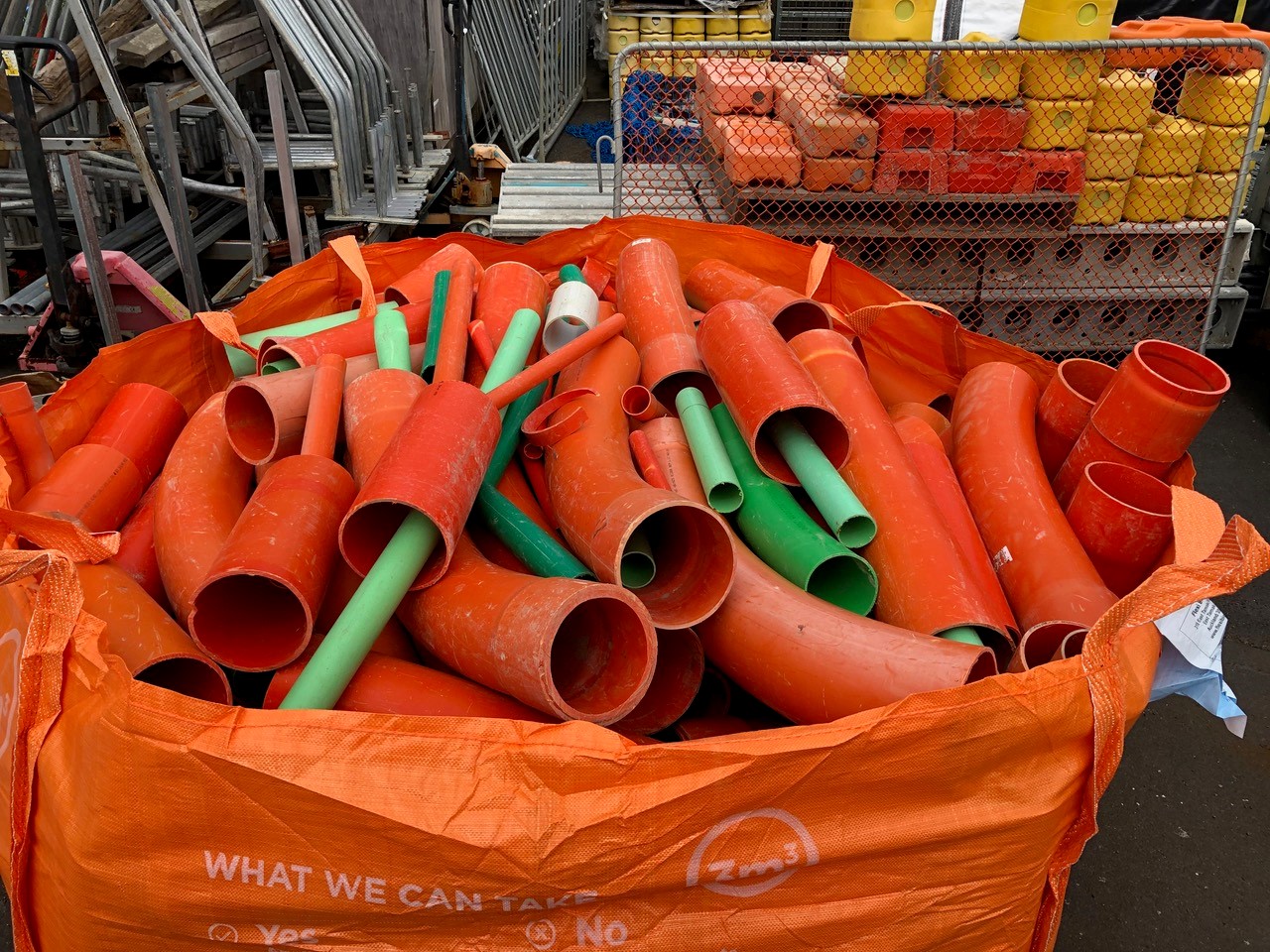
Mars rover of the future with airless 3D printed tires by Arconic
New Zealanders got to hear more about what might be coming, when Alvin Huang, of Synthesis Design and Architecture spoke at Paradigm Shift 2018.
“ The holy grail is moving up to the scale of the building. 3D offers you…the ability to do one-off, customised work, but it also allows … precise, rapid manufacturing…things that might otherwise have been exorbitantly expensive, or difficult to produce. “
Dubai’s Strategy

World’s first 3-D printed “Office of the Future” courtesy of Dubai Future Foundation
Dubai has recently taken dramatic steps to make this new future a present reality. In November 2018 Dubai’s Future Foundation announced the launch of a strategy to promote the emirate as a global 3D printing hub by 2030. One of Dubai’s key goals is to build 25 percent of its buildings by that date using 3D printing. To prove that its vision might be achievable, it printed a 6 metre high, 12 metre wide “Office of the Future” in 2016. Component printing took 17 days and these were installed on the site over the following two days. Building services, interior work and landscaping took approximately three months and were handled by a team of about 20 people. According to the Foundation the technology produced a 50 percent reduction in labour costs. In 2017 The Independent reported even more dramatic news. A Dubai construction firm called Cazza proposes using “crane printing” to produce the world’s first 3D printed skyscraper. Cazza CEO Chris Kelsey was reported as saying:
“Through our technologies, we will be able to build architecturally complex buildings at never-before seen speeds. It is all about economies of scale where the initial high technology costs will reduce as we enter the mass-production phase.”
A Note of Caution
A skyscraper racing upward in mind-bending configurations is one thing, but, like the Jetsons, it seems a little bit disconnected from day-to-day realities. Printing in 3D isn’t as effortless as pressing buttons on a cartoon console. Earlier in the year website 3Dprint.com featured Danish building printer 3D Printhuset, which has called for a more measured debate about what can be achieved. The Danes were the first to print a small building, known as “Building on Demand”, that actually met European building codes. Starting the process in September 2017, the company experienced some challenges and instead of taking the “few weeks” hoped for, it managed to complete the building fit-out in November. CEO Henrik Lund-Nielsen has spoken openly about the delays and the unexpected complexities of 3D printing:“It is still a great technology with a huge potential, but the present performance is not as mind blowing as the media has reported.”In mid 2018 the company unveiled a new printer, the BOD2, reputedly 10 times faster than its predecessor. Inspite of the challenges, demand for construction printing is growing so quickly that it has created a stand-alone division, Construction Building on Demand (COBOD International), to produce printers.
Housing Shortage
It’s clear that solutions to real world construction problems are needed, and quickly! Here in New Zealand the Kiwibuild project seeks to address a dire national building shortage. We’re not alone. There is wide talk of a global crisis and desperate need for affordable accommodation. According to studies undertaken by global consultancy McKinsey, the affordable housing gap is 330 million urban households, with many living in over crowded or substandard accommodation. This is forecast to grow by more than 30% to 440 million households, or 1.6 billion people, by 2025. What hope does 3D printing offer? Some interesting solutions are emerging that might deliver to the grass roots. In March 2018, Fortune reported that a construction start-up called Icon had displayed a 60 square metre 3D printed concrete home at Austin’s South by Southwest Festival. The building cost US$10,000 to create and the simple concrete shell was printed in less than a day. Icon hopes to reduce costs further and build 100 low-cost homes in El Salvador in 2019.In April 2018, Be More 3D, a spin-off from the Technical University of Valencia printed a one level, 70 square metre cement house in 12 hours. The company believes that 8 hours may be feasible with further refinements. Whether the homes produced in Valencia and Austin meet regulatory requirements is not known. Following hard on these developments, The Independent reported a five bedroom, 95 square metre home had been printed using a polymer and then filled with concrete insulation in Nantes, France. This was likely to be the first 3D home to be occupied, two months after start date. One of the benefits of printing buildings is precision. If billions more people are to be housed in the decades ahead, huge demands will be made on all parts of the supply chain, including the availability of raw materials. Becoming much more efficient with concrete, steel, glass and timber will be essential. Fewer mistakes, less waste and lower on-site costs are all potential efficiencies. Oh, and fewer workers. One scenario suggests as many as 800 million will eventually not be required. Robots replacing livelihoods is potentially a very big downside, but human skill will still be vital. Architects, designers and engineers and a range of skilled on-site people have been essential to making recent experiments a reality. Plumbing services and electrical wiring can’t be printed…at least, not yet. What 3D printing might be able to do is take out many of the high risk and low skilled jobs. Some Sci Fi movie directors portray cities of the future as grim and forbidding places. Just think of the Bladerunner franchise or Judge Dredd’s Mega City One. Is that a solution we want? Alvin Huang’s comments to New Zealand audiences provide a positive final word. The greatest possibilities for 3D lie in resolving complexity and delivering mass customisation. The technology promises to expand the range of tools that we have to meet the challenge of delivering affordable accommodation and commercial building for a vastly expanded population with diverse needs.




